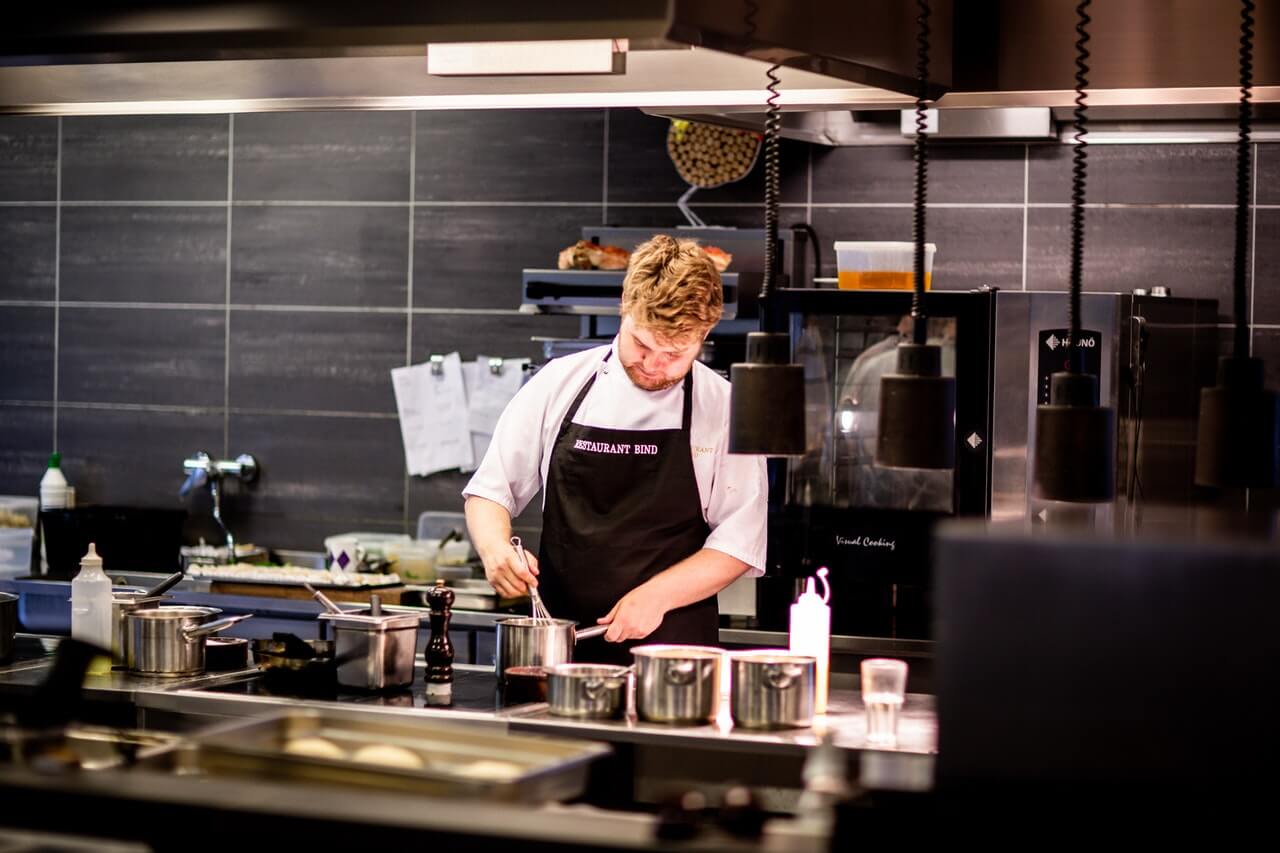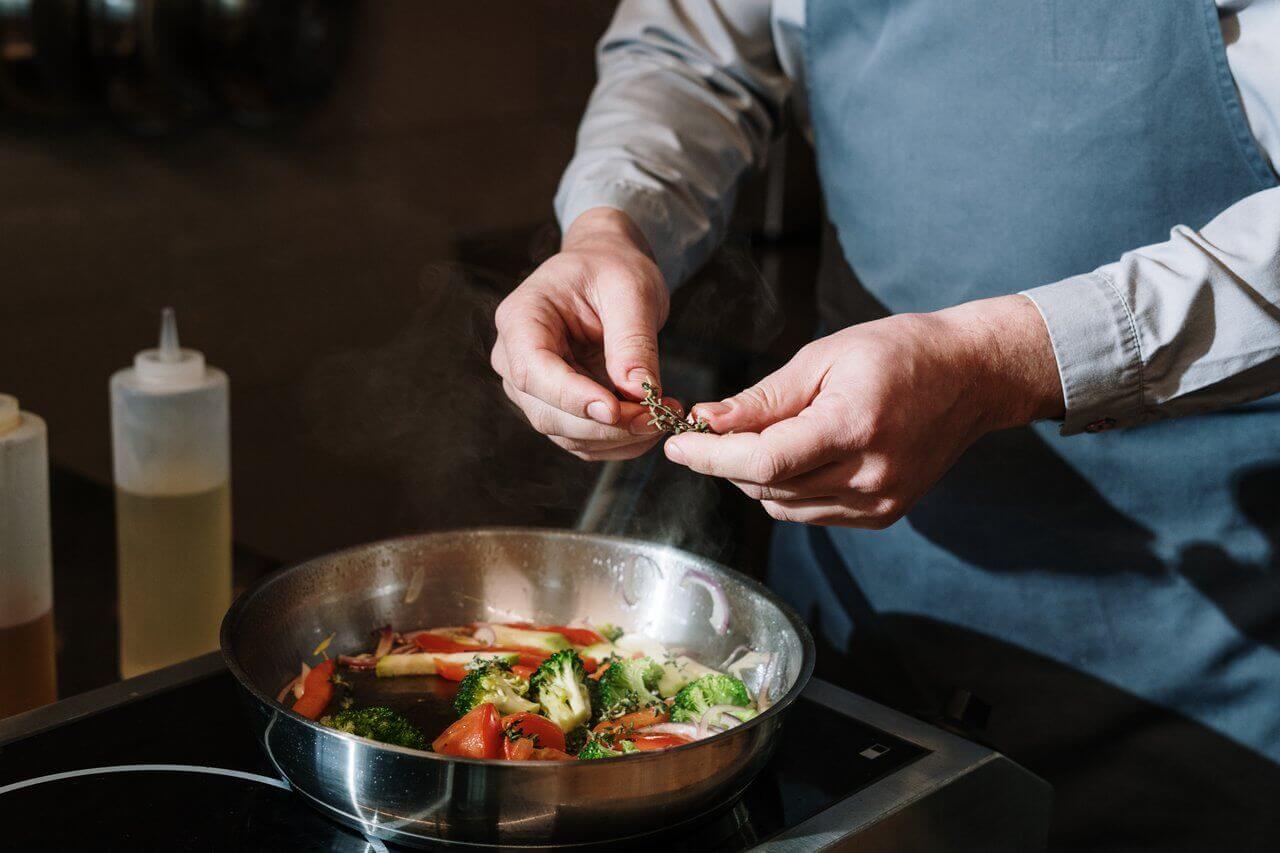Are you looking to get rid of your commercial kitchen cooking grease?
Oil and other greases are normal by-products of any restaurant business, but knowing how to properly dispose of the grease is essential. Some restaurant owners wonder whether pouring grease down the sink is the right way for getting rid of the waste.
If you’ve ever thought to pour oil and grease down the sink, read on.
Proper management of your restaurant’s grease output is more important than ever. A growing number of restaurant customers and owners know about the potential environmental impact every commercial kitchen can have.
Is It Okay to Pour Grease Down the Drain?
Can you pour cooking oil and pour grease down the drain? The answer is a simple: NO.
You want to prevent fats, oils, and greases (FOGs) from entering the septic tank or sewer.
This can include liquid cooking oils (like olive oil or any other cooking oil), bacon grease, or anything else.
When you quickly discard the grease via the commercial kitchen sink, you’ll increase the risk of sewer blockages.
The surrounding environment is likely to fall victim of this practice as well. The FOG particles can easily create health hazards for wildlife and people alike. Disposing of your restaurant’s grease in such a manner is irresponsible.

What Should You Do Instead?
Now that you know to avoid pouring your grease down the drain, what can you do instead? All commercial kitchens produce a sizeable amount of excess grease, so here are some of the best practices to successfully dispose of your kitchen’s grease.
1: Use a Grease Trap
All of that grease needs to be collected in a safe way. The best solution is the use of a grease trap. This mechanical device prevents the entry of grease into the septic tanks or sewer lines.
2: Get the Device Properly Installed
Improper installation of a grease trap is a frequent occurrence in commercial kitchens. For instance, the grease may start leaking, may make strange noises, or the device may stop collecting grease altogether.
Whenever you are installing a grease trap, opt for a reputable company with the experience to match your needs. Incorrect installations lead to bigger costs down the road.
3: Eliminate Solid Food from Reaching the Trap
Once you have a grease trap properly installed, you should make sure that the number of food particles reaching the device is kept to a minimum. The useful lifetime of grease traps is greatly reduced when any solids enter the device.
4: Manage Your Kitchen’s Grease Output
Cutting down on the overall grease use in your commercial kitchen helps you tackle these grease issues. Find ways to reduce the use of oils and fats in your cooking areas. Successful implementation of this approach will increase the durability of your grease trap and decrease its cleaning costs.

5: Clean the Grease Trap Regularly
You need to remove all the oils, fats, and greases from your trap on a regular basis. It’s an essential maintenance activity that can’t be ignored for long. Most commercial kitchens get the cleaning done every 1-3 months.
The grease trap cleaning needs to be conducted by professionals. They will come with a grease tank connected to the waste collection tank. The tanks are connected by using a hose.
However, just pumping out all the grease isn’t enough. After the main removal procedure is finished, the workers will scrape the inner surfaces of your grease trap. It’s likely that the grease and cooking oil hardens and requires manual removal.
6: Learn Where Your Kitchen Grease Ends Up
Did you know that used frying oil can enjoy a second life? The best companies recycle the oil for biodiesel production after collecting all that waste from the grease traps.
Biodiesel is a remarkable substance. It’s completely non-toxic. Compared to regular diesel, which can threaten wildlife and people, the hazards of handling biodiesel are much lower.
The diesel derived from used kitchen oil biodegrades close to five times quicker than petroleum diesel. Since the burn is cleaner, correspondingly less carbon monoxide gets released into the atmosphere.
The biodiesel isn’t the only possible output. The discarded grease can be processed in a way that leads to the production of useful animal feed ingredients. The recycled compounds can be used to make more sustainable commercial and household products.
Did you know that commercial kitchen waste could even be used to aid the production of biodegradable eating utensils? This is just the beginning of a long list of potential uses. For instance, used grease can help to create tires, solvents, drink containers, footwear, plastics, and cleaning products.

Benefits of Proper Grease Disposal
These are the benefits of proper grease disposal:
- More environmentally sustainable
- Improved efficiency of the commercial kitchen
- Increase in employee engagement rates
- Fewer safety hazards
- Better overall food quality
In a Nutshell: Pouring Grease Down the Drain
Pouring grease down the drain of the sink may seem like a quick solution when you want to get rid of the commercial kitchen waste. However, in doing so, you’ll increase the risk of sewer blockages and environmental issues.
A grease trap is a device that helps you collect all the fats, oils, and greases that your kitchen produces. All this waste can be put into good use. Among other applications, the greases can be used for the production of biodiesel, household products, and even car tires.
For more information, contact Grease Cycle today.